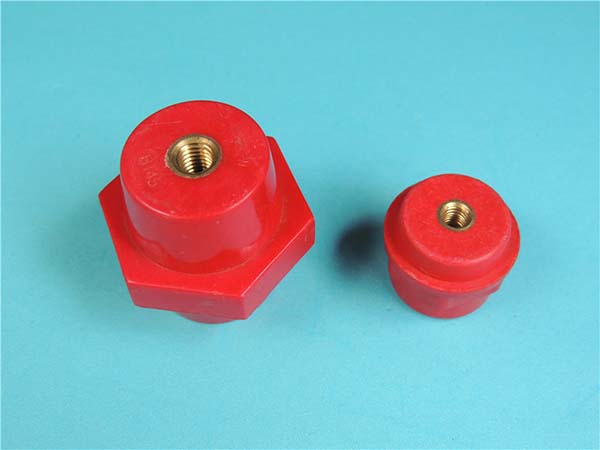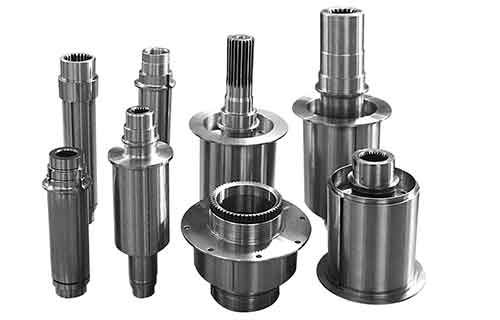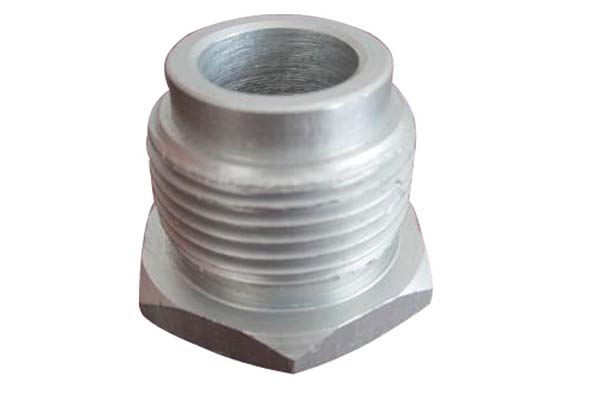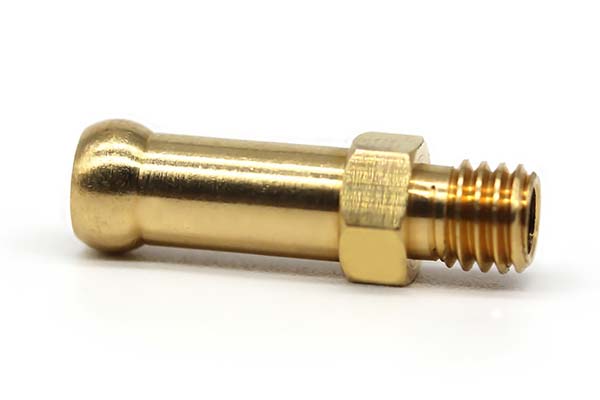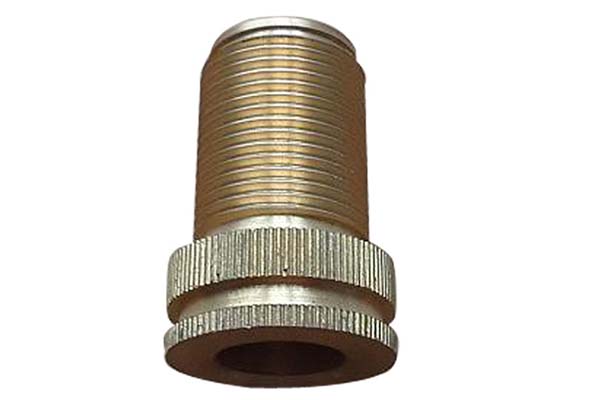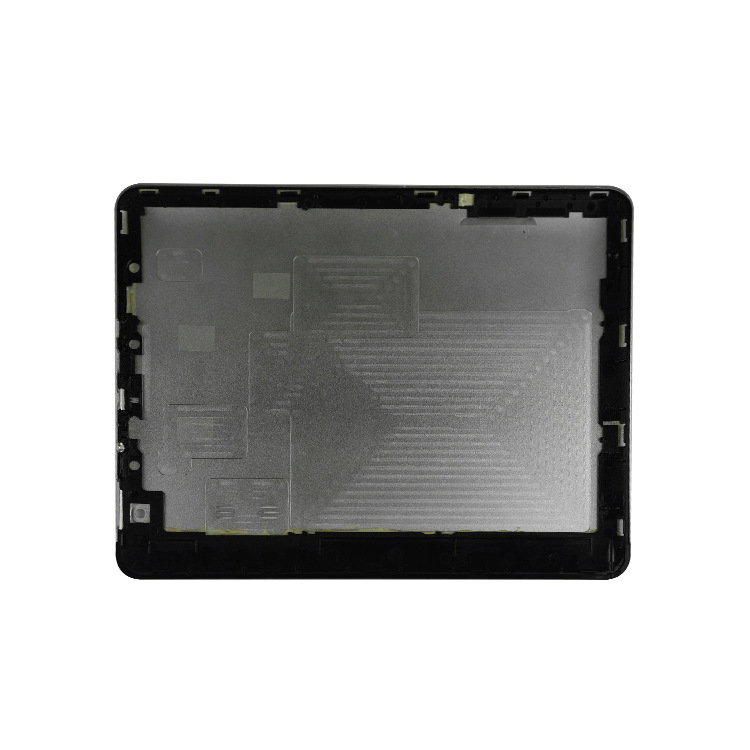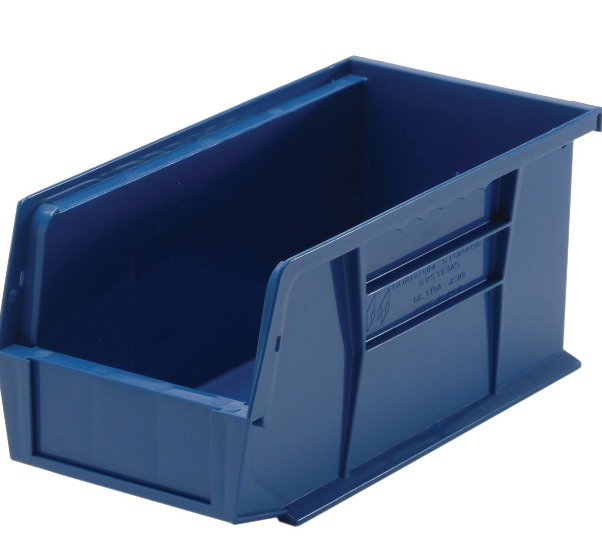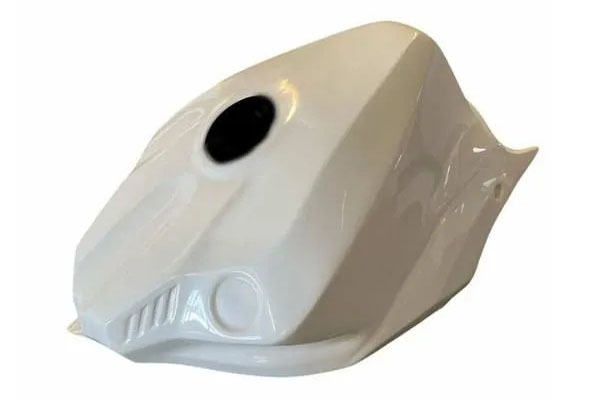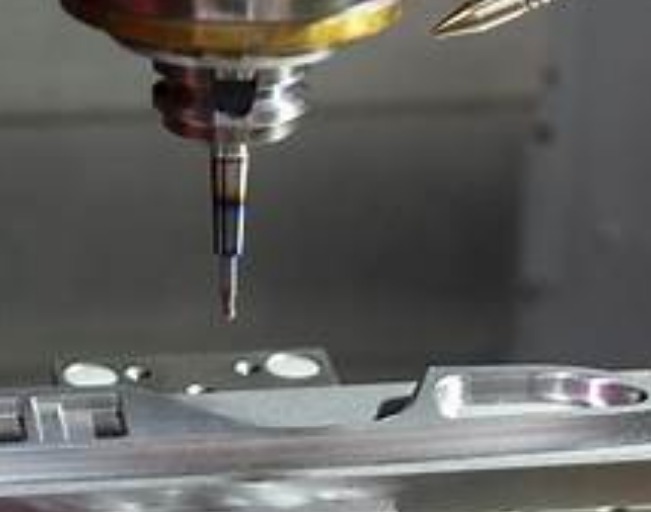CNC machining of Polyethylene (PE) comes with its own set of challenges that manufacturers often find tricky to navigate. Its low hardness and high flexibility can cause the workpiece to shift or deform during machining, making it hard to maintain consistent dimensional accuracy. Additionally, PE has a relatively low melting point (105-130°C for LDPE, 120-130°C for HDPE), which means it’s prone to heat-induced softening, especially when machining at high speeds. Its tendency to gum up cutting tools with melted residue can lead to poor surface finish and increased tool wear. This guide addresses these pain points, providing expert strategies to master CNC machining of PE.
CNC Machining Fundamentals
Computer Numerical Control (CNC) machining uses pre-programmed software to control CNC machine tools like milling machines, lathe machines, and machining centers, automating the production of PE parts with high precision. The core of this process lies in toolpath generation—created using CAD/CAM software—which dictates the movement of cutting tools to shape the PE workpiece. These toolpaths are translated into G-code, the programming language that directs every machine action, from spindle speed to tool positioning.
Precision engineering with PE is achievable, though it requires careful attention to machining tolerances. Typically, PE parts can be machined to tolerances of ±0.05 mm for general applications and ±0.02 mm for critical components, slightly wider than metal tolerances due to PE’s flexibility. The key to success lies in understanding how PE’s properties interact with machining forces, ensuring that tool selection and cutting parameters are optimized to minimize workpiece deflection and heat buildup.
PE (Polyethylene) Material Properties
Polyethylene (PE) is a versatile thermoplastic available in several forms, each with unique properties that influence machining:
- High-density polyethylene (HDPE) has a linear molecular structure, offering higher density (0.941-0.965 g/cm³), greater tensile strength (20-30 MPa), and better chemical resistance than other PE grades. Its rigidity makes it suitable for structural parts like industrial containers.
- Low-density polyethylene (LDPE) has a branched structure, resulting in lower density (0.910-0.925 g/cm³), higher flexibility, and better impact resistance. It is softer and more malleable, ideal for parts like flexible hoses or gaskets.
Both grades share excellent chemical resistance, withstanding acids, alkalis, and most solvents—making them ideal for chemical processing equipment. Their abrasion resistance is high, especially HDPE, which is often used for wear parts like bearings and bushings. Impact resistance is another standout property; PE remains tough even at low temperatures, unlike many plastics that become brittle in cold environments.
| Property | HDPE | LDPE | PP |
| Density | 0.941-0.965 g/cm³ | 0.910-0.925 g/cm³ | 0.90-0.92 g/cm³ |
| Melting Point | 120-130°C | 105-115°C | 160-170°C |
| Tensile Strength | 20-30 MPa | 7-15 MPa | 20-30 MPa |
| Flexibility | Moderate | High | Moderate |
| Chemical Resistance | Excellent | Excellent | Very Good |
CNC Machining Processes for PE
Several CNC machining processes are used to shape PE, each requiring adjustments to accommodate its unique properties:
- Milling: The most common process for PE, using rotating end mills to create complex shapes. Climb milling is preferred over conventional milling to reduce heat buildup, as it minimizes tool contact time with the workpiece. For HDPE, machining speed can range from 1000-2000 RPM, while LDPE requires slower speeds (800-1500 RPM) to prevent melting.
- Turning: Used for cylindrical PE parts like gears or bushings, with lathe machines rotating the workpiece while cutting tools remove material. Feed rates of 0.1-0.2 mm/rev are typical, with slower rates for LDPE to avoid tearing the material.
- Drilling: Requires sharp drill bits with polished flutes to prevent melting. Peck drilling (intermittent retraction) helps clear chips and reduce heat, with a depth of cut of 1-2 mm per pass for optimal results.
- Cutting and routing: Ideal for shaping PE sheets into parts like packaging components or industrial panels. Router bits with high rake angles reduce gumming, while feed rates of 100-250 mm/min balance material removal and heat generation.
- Engraving: Possible with PE, though depth control is critical to avoid melting. Using low spindle speeds (500-1000 RPM) and shallow cuts (0.1-0.3 mm) ensures clean, precise engravings.
Applications of CNC Machined PE
CNC machined PE parts are valued across industries for their durability, chemical resistance, and cost-effectiveness:
- Industrial components: HDPE is used for pump housings, valve bodies, and conveyor guides, leveraging its abrasion resistance and rigidity.
- Mechanical parts: Bearings, gears, and bushings made from HDPE offer low friction and wear resistance, reducing the need for lubrication.
- Medical devices: LDPE and HDPE are used for surgical instrument handles and fluid delivery components, as they are non-toxic and easy to sterilize.
- Food processing equipment: PE’s FDA approval and resistance to food acids make it ideal for conveyor parts, chutes, and storage bins.
- Packaging machinery: LDPE gaskets and seals ensure tight, flexible closures for packaging lines.
- Automotive parts: HDPE fuel system components and LDPE wire harnesses benefit from PE’s chemical resistance and lightweight properties.
- Marine components: PE’s resistance to saltwater corrosion makes it suitable for boat fittings, dock bumpers, and underwater housings.
Tools and Equipment for CNC Machining PE
Selecting the right tools and equipment is critical for efficient PE machining:
- End mills with 2 flutes are preferred for PE, as they provide better chip evacuation and reduce heat buildup compared to 4-flute designs. High-speed steel (HSS) end mills are sufficient, though carbide-tipped tools offer longer life for high-volume production.
- Drill bits should have a 118° point angle and polished flutes to minimize melting and gumming. For HDPE, cobalt steel bits resist wear, while HSS bits work well for LDPE.
- Cutting tools with sharp edges and high rake angles (10-15°) reduce cutting forces, minimizing heat generation and tool deflection.
- Coolant systems using compressed air or a light mineral oil mist are essential to keep tools cool and clear away melted PE residue. Liquid coolants are less effective, as they can cause PE to swell.
- Workholding fixtures with soft jaws or rubber padding prevent marring and distribute clamping pressure evenly, reducing workpiece deflection—critical for maintaining dimensional accuracy in flexible LDPE.
- Vacuum tables are ideal for securing thin PE sheets during routing or cutting, providing uniform holding force without mechanical clamping.
Quality Control and Finishing for CNC Machined PE
Ensuring quality in CNC machined PE parts involves careful attention to dimensional accuracy and surface finish, along with proper post-machining treatments:
- Surface finish for PE typically ranges from Ra 1.0-2.0 μm with standard machining, sufficient for most applications. A rough or uneven finish often indicates dull tools or excessive heat, which can be corrected by sharpening tools or reducing spindle speed.
- Tolerance checks are performed using calipers, micrometers, and optical comparators, with measurements taken at 23°C ±2°C to account for PE’s thermal expansion (150-200 μm/m·K for HDPE, 200-300 μm/m·K for LDPE).
- Deburring is straightforward with PE, using abrasive pads or tumbling to remove sharp edges—critical for safety in hand-held parts like medical devices.
- Polishing with 400-600 grit sandpaper improves surface smoothness, enhancing PE’s appearance and reducing friction in moving parts like bearings.
- Coating is rarely needed due to PE’s natural chemical resistance, though flame treatment can improve adhesion if painting or printing is required.
- Assembly of PE parts often uses friction welding or mechanical fasteners, as adhesives may not bond well to PE’s non-polar surface without prior treatment.
Yigu Technology's Perspective
Yigu Technology specializes in CNC machining PE, with expertise in handling both HDPE and LDPE. We use HSS and carbide-tipped tools with polished flutes to minimize gumming and heat buildup, ensuring clean cuts and precise dimensions. Our coolant systems rely on compressed air to keep tools clear of melted residue, critical for maintaining surface finish in medical and food-grade applications. We also use custom workholding fixtures to prevent deflection in flexible LDPE, ensuring tight tolerances even in thin-walled parts. Whether producing industrial components or medical devices, we tailor our processes to maximize PE’s strengths, delivering high-quality parts that meet the most demanding specifications.
FAQ
- How does machining HDPE differ from machining LDPE?
HDPE’s higher rigidity allows for faster feed rates and deeper cuts, while LDPE’s flexibility requires slower speeds and lighter clamping to avoid deformation. HDPE also produces more chip-like waste, while LDPE tends to form stringy chips that need better evacuation.
- What causes PE to gum up cutting tools, and how to prevent it?
Gumming occurs when PE melts due to friction, adhering to tool surfaces. Prevention involves using sharp tools, lower spindle speeds, and air cooling to keep temperatures below PE’s melting point. Polished tool flutes also reduce adhesion.
- Can PE be machined to the same tolerances as metal?
PE’s flexibility and thermal expansion make tight tolerances harder to achieve than with metals. While metals can often reach ±0.01 mm, PE typically achieves ±0.02-0.05 mm, depending on part size and PE grade. Controlling temperature and clamping pressure helps maximize precision.
